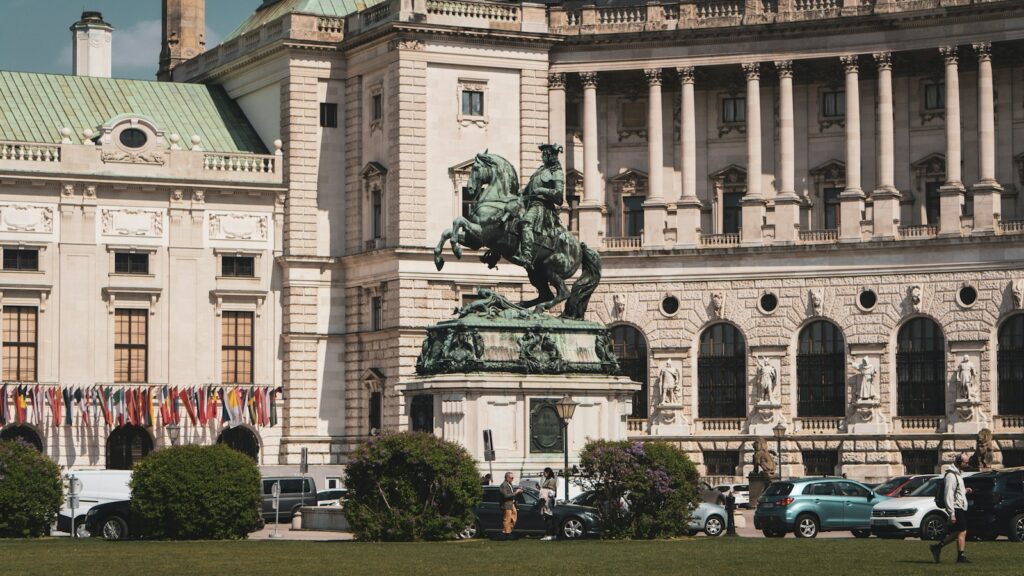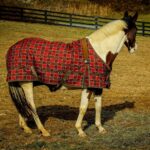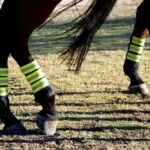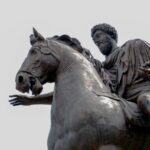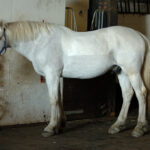Horses have galloped through human history for centuries, serving as companions, workers, and symbols of freedom and power. Their importance to our civilization has been immortalized in numerous ways, including dedicated museums that celebrate these majestic creatures. From intimate collections housed in historic stables to grand institutions showcasing remarkable equine artifacts, horse museums offer fascinating glimpses into our enduring relationship with these animals. For horse enthusiasts and curious travelers alike, these specialized museums provide educational experiences that highlight the cultural, historical, and artistic significance of horses across different societies and time periods. The following guide explores some of the world’s most distinctive and captivating horse museums, each offering its own unique perspective on our equine friends.
The International Museum of the Horse – Kentucky, USA

Located within the Kentucky Horse Park in Lexington, the International Museum of the Horse stands as one of the most comprehensive equine museums in the world. This Smithsonian affiliate chronicles the 55-million-year history of horses and their profound impact on human civilization through engaging exhibits and rare artifacts. Visitors can explore everything from prehistoric horse evolution to the cultural significance of horses in societies around the globe. The museum’s impressive collection includes historic carriages, racing memorabilia, equestrian art, and interactive displays that bring the story of horses vividly to life. With over 60,000 square feet of exhibition space, this premier institution offers an unparalleled educational journey through the intertwined histories of humans and horses.
The National Horse Racing Museum – Newmarket, UK
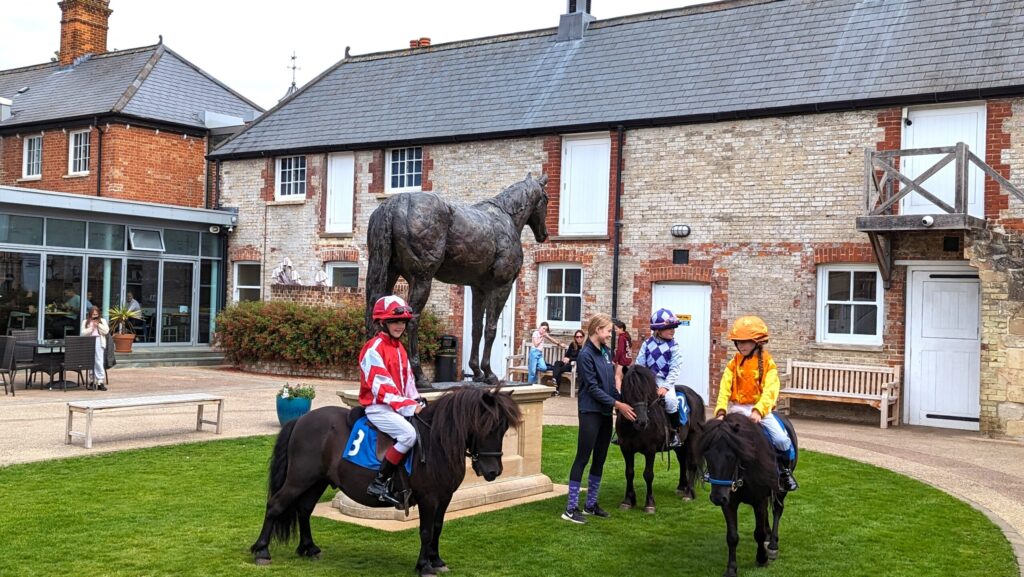
Situated in the historic heart of British horseracing, Newmarket’s National Horse Racing Museum offers visitors a multifaceted experience celebrating the “Sport of Kings.” The museum complex encompasses the restored remnants of King Charles II’s sporting palace and stables, providing a fitting backdrop for its extensive collection of racing memorabilia, artwork, and trophies. Visitors can marvel at historic racing silks, saddles used by legendary jockeys, and paintings by renowned equine artists such as George Stubbs. What truly sets this museum apart is its living exhibits – retired racehorses reside on-site, and guests can observe daily equine care demonstrations and sometimes even meet these magnificent athletes up close. The facility also includes a riding school where visitors can experience riding a racehorse simulator to understand the skill and balance required in the sport.
The Living Horse Museum – Chantilly, France
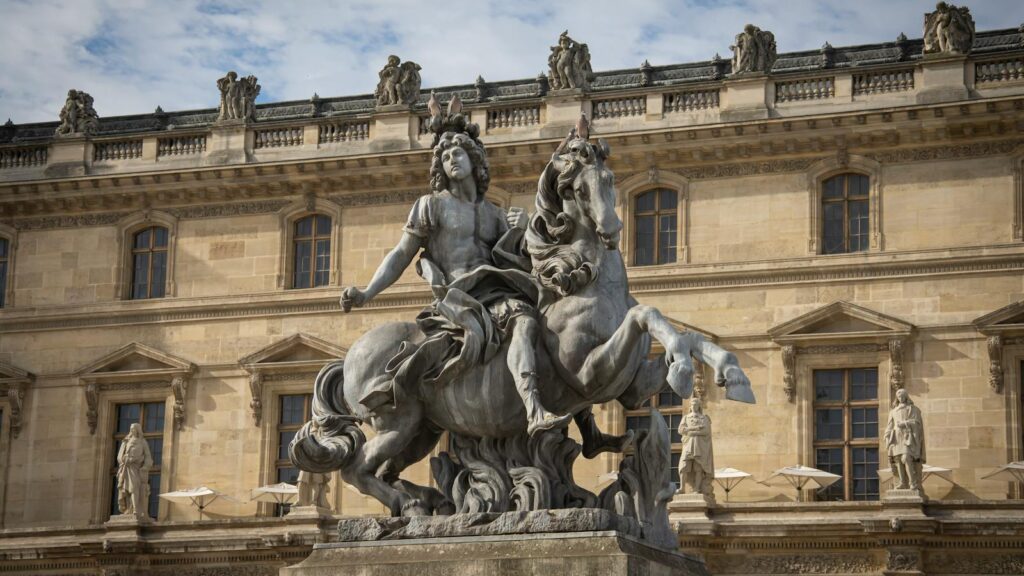
The Living Horse Museum (Musée Vivant du Cheval) in Chantilly offers a unique blend of historical exhibitions and equestrian performances within the spectacular Great Stables (Grandes Écuries). Built in 1719 by architect Jean Aubert for the Prince of Condé, these royal stables were designed with the belief that the prince would be reincarnated as a horse – resulting in what many consider the most luxurious horse accommodations ever constructed. The museum houses an impressive collection of equestrian artwork and artifacts, including paintings, sculptures, and historic riding equipment spanning several centuries. What truly distinguishes this museum is its daily dressage demonstrations in the magnificent domed riding hall, where skilled riders and their horses perform classical equitation sequences that showcase the harmonious partnership between horse and human. With about 30 horses of different breeds living on-site, visitors can also learn about various equine traditions from around the world.
The Royal Andalusian School of Equestrian Art – Jerez, Spain
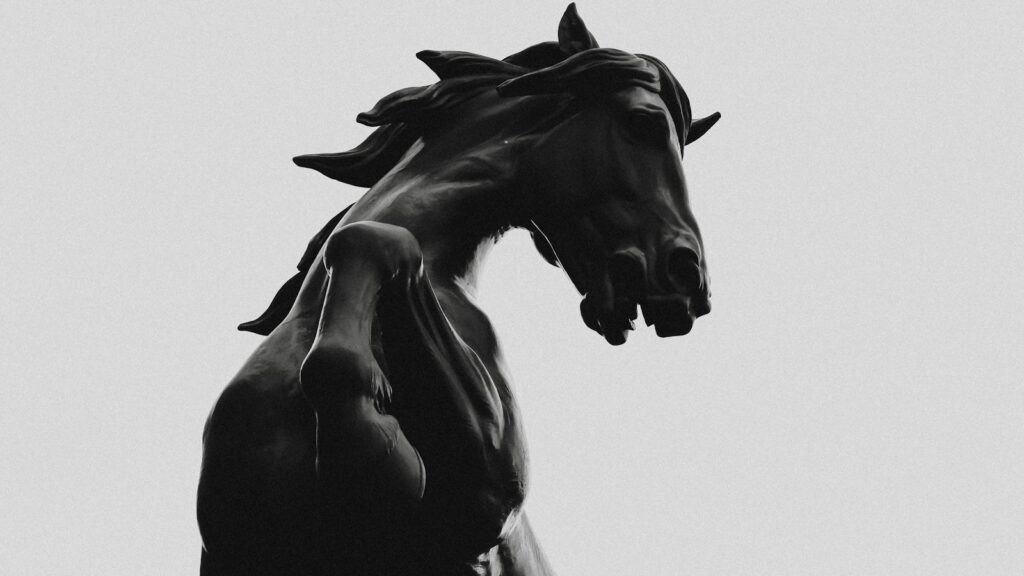
While primarily known for its spectacular horse performances, the Royal Andalusian School of Equestrian Art in Jerez de la Frontera also houses an exceptional museum dedicated to the art of horsemanship. The Palace of the Recreo de las Cadenas, a magnificent 19th-century building designed by French architect Charles Garnier, serves as the backdrop for this cultural treasure. The museum’s collection includes historic carriages, elaborately decorated harnesses, traditional Spanish riding attire, and fascinating equestrian artifacts dating back several centuries. Visitors can explore exhibits detailing the evolution of the Andalusian horse breed and its significance in Spanish culture and military history. The museum experience is complemented by the school’s famous “How the Andalusian Horses Dance” performances, where riders demonstrate the classical dressage movements that have been preserved for centuries, creating a living connection to Spain’s equestrian heritage.
The Hungarian Horse Museum – Szilvásvárad, Hungary
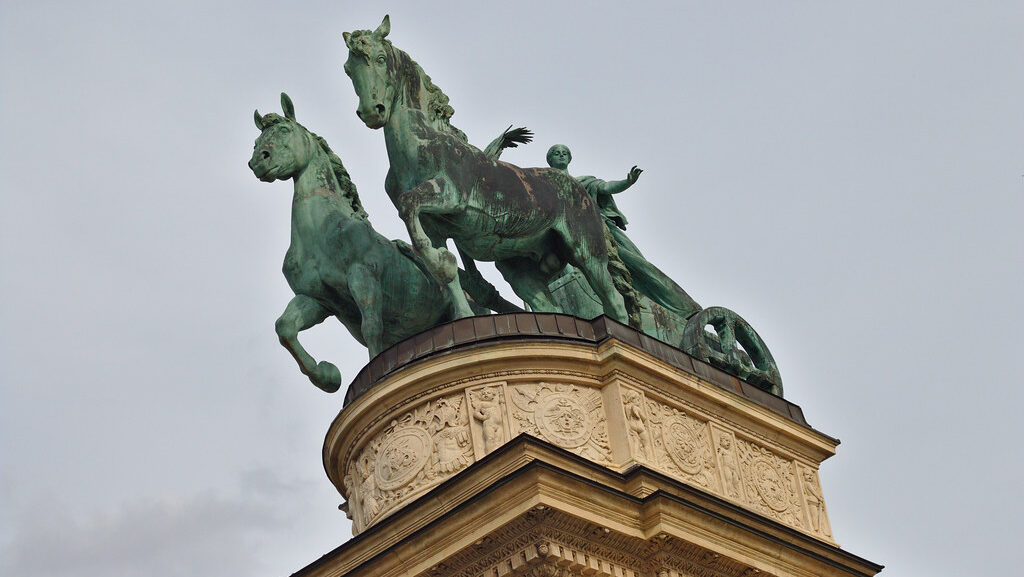
Nestled in the picturesque Bükk Mountains, the Hungarian Horse Museum in Szilvásvárad offers a fascinating look at Hungary’s rich equestrian traditions, with a special focus on the world-renowned Lipizzaner horses. The museum is located within the historic Szilvásvárad Stud Farm, an active breeding center established in 1951 to preserve the Lipizzaner bloodlines. Through comprehensive exhibits featuring historic photographs, traditional horse equipment, and interactive displays, visitors learn about Hungary’s nomadic past and the central role horses played in the nation’s history and cultural identity. The museum’s location allows visitors to combine their educational experience with the opportunity to see Lipizzaner horses in various stages of development, from foals to fully trained adults. Regular demonstrations of carriage driving and traditional Hungarian horsemanship complement the museum experience, creating a holistic understanding of the country’s equestrian heritage.
The American Quarter Horse Hall of Fame & Museum – Texas, USA
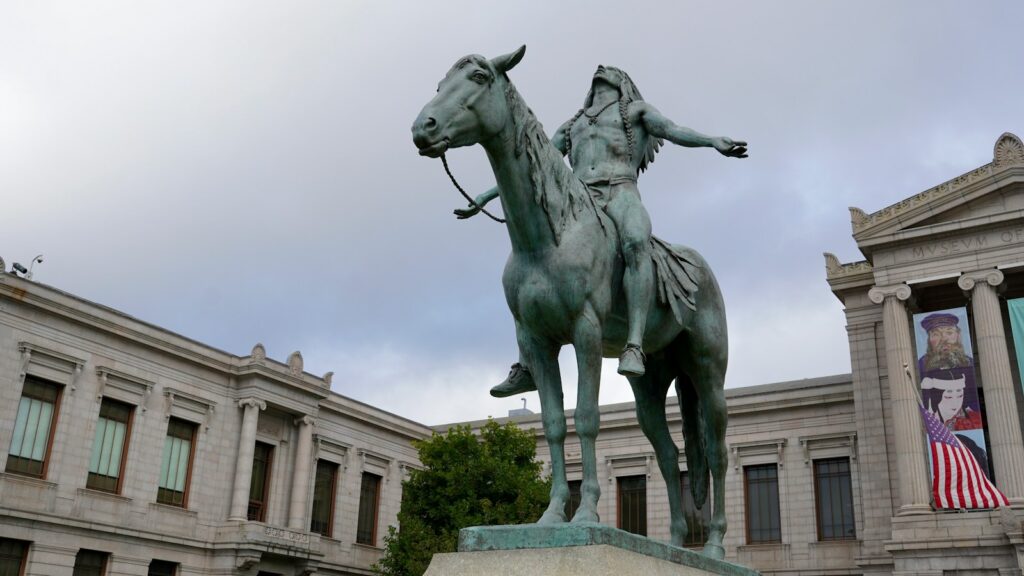
Located in Amarillo, Texas, the American Quarter Horse Hall of Fame & Museum celebrates America’s own horse breed and the individuals who helped shape its development. This striking 34,000-square-foot facility features sleek architecture reminiscent of a horse’s movement, with a dramatic rotunda entrance that immediately signals its dedication to equine excellence. Inside, visitors discover interactive exhibits chronicling the Quarter Horse’s evolution from colonial times to its current status as the world’s most versatile and popular breed. The Hall of Fame section honors significant horses and humans who contributed to the breed’s advancement, with bronze statues and detailed biographical information. Particularly impressive is the museum’s collection of Western art featuring Quarter Horses, including works by masters like Orren Mixer and Frederic Remington that capture the spirit of these versatile American horses in their various working roles.
The Icelandic Horse History Centre – Hólar, Iceland
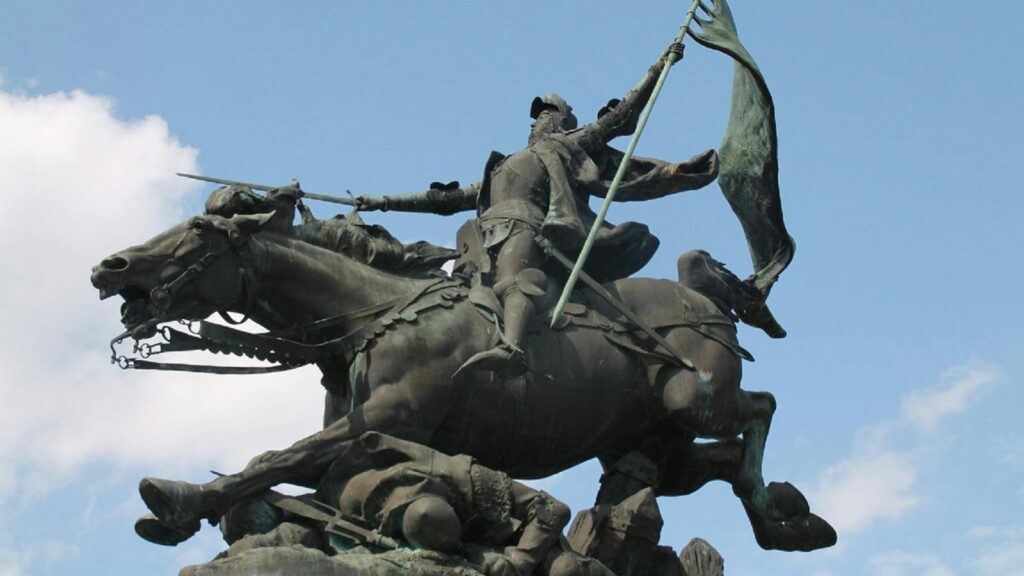
For a glimpse into one of the world’s oldest and purest horse breeds, the Icelandic Horse History Centre in Hólar offers an intimate and authentic experience unlike any other horse museum. Located at a historic site that has been breeding horses since the Middle Ages, this small but comprehensive museum explores the 1,000-year history of Iceland’s unique horse breed that arrived with Viking settlers. Through artifacts, photographs, and multimedia presentations, visitors learn about the breed’s isolated development, its five distinct gaits (including the unique tölt and flying pace), and its essential role in Iceland’s survival through harsh centuries. The museum’s personal touch comes from its connection to the working Hólar University College equine program, where visitors can often observe students training these small but incredibly hardy horses. The rural setting provides context for understanding how these horses adapted to Iceland’s challenging terrain and climate, creating a deeply immersive educational experience.
The Household Cavalry Museum – London, UK
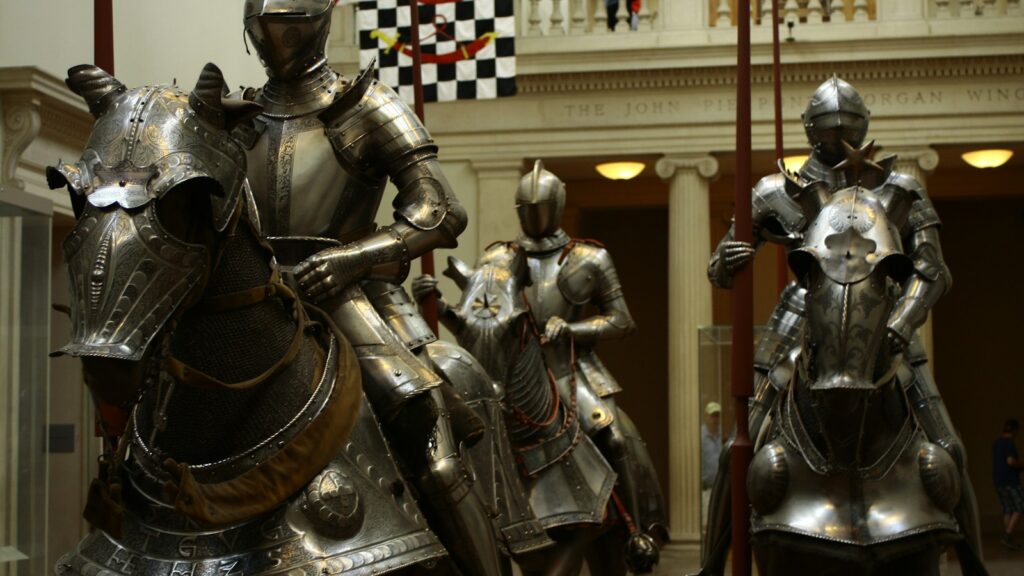
Situated in the heart of London at Horse Guards Parade, the Household Cavalry Museum offers a fascinating glimpse into the ceremonial and operational roles of Britain’s mounted royal guard. This living museum is housed within historic 18th-century Horse Guards building, allowing visitors to experience the working stables of the Queen’s Life Guard through a glass partition. The museum’s collection includes gleaming ceremonial uniforms, intricate silver-mounted musical instruments used in mounted bands, and historic military equipment spanning several centuries of service. Interactive displays explain the rigorous training regimen for both horses and riders, while video presentations showcase the Household Cavalry’s dual role as ceremonial guardians and modern combat soldiers. The museum’s highlight for many visitors is the opportunity to witness the daily inspection of the Queen’s Life Guard and observe the horses in their working stables, bringing the traditions and disciplines of military horsemanship vividly to life.
The Estonian Horse Museum – Järvakandi, Estonia
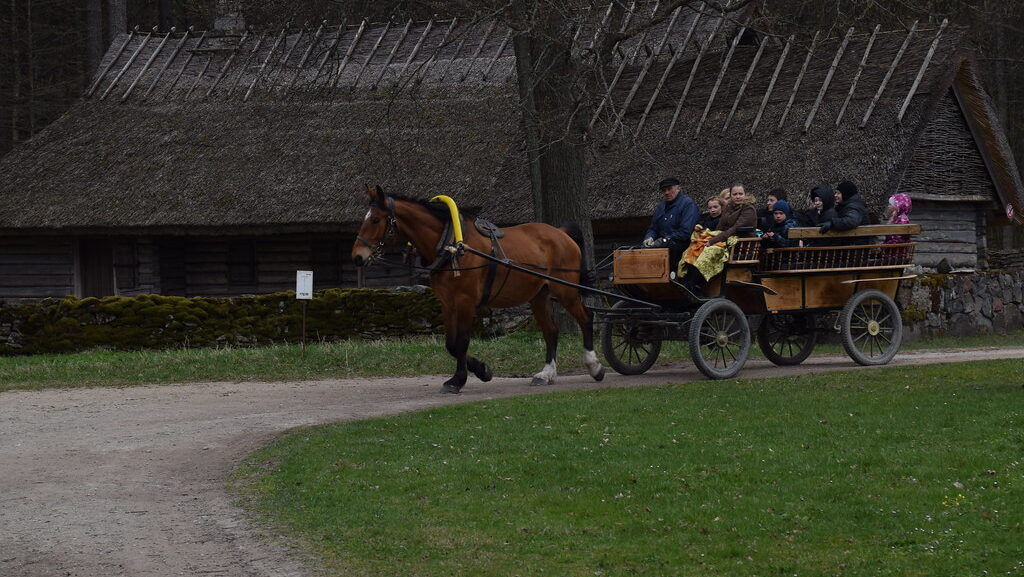
The Estonian Horse Museum offers a distinctive look at Estonia’s deep historical connection to horses through the lens of its native breeds, particularly the endangered Estonian Native Horse. Housed in a restored 19th-century stable building on a historic manor estate, this small but meticulously curated museum chronicles how horses shaped Estonian rural life, warfare, and cultural identity. Visitors can examine traditional wooden sleighs, handcrafted leather harnesses, and agricultural implements that demonstrate the horse’s essential role in Estonian farming communities. The museum places special emphasis on preservation efforts for the Estonian Native Horse, with exhibits explaining breeding programs and the characteristics that make this small, hardy breed uniquely adapted to the Baltic region. What makes this museum particularly special is its seasonal demonstrations of traditional Estonian farm tasks performed with horses, from plowing to logging, providing visitors with a living connection to agricultural methods that sustained the region for centuries.
The Harness Racing Museum & Hall of Fame – New York, USA

Located in Goshen, New York, the historic center of American harness racing, this specialized museum celebrates the exciting sport of horses racing while pulling two-wheeled carts called sulkies. Housed in a restored 1913 stable, the museum’s atmospheric setting immediately connects visitors to harness racing’s rich heritage that dates back to colonial America. The museum’s extensive collection features historic sulkies, evolving harness designs, trophies, and memorabilia from legendary races like the Hambletonian Stakes. What truly distinguishes this museum is its array of interactive experiences, including a 3D simulator that allows visitors to virtually drive a sulky in a race and feel the exhilaration of competitive harness racing. The Hall of Fame section honors both human and equine champions, with compelling stories about the standardbred horses and the drivers who guided them to victory, creating a comprehensive tribute to this distinctly American racing tradition.
The Russian Troika Museum – Vyatskoye, Russia
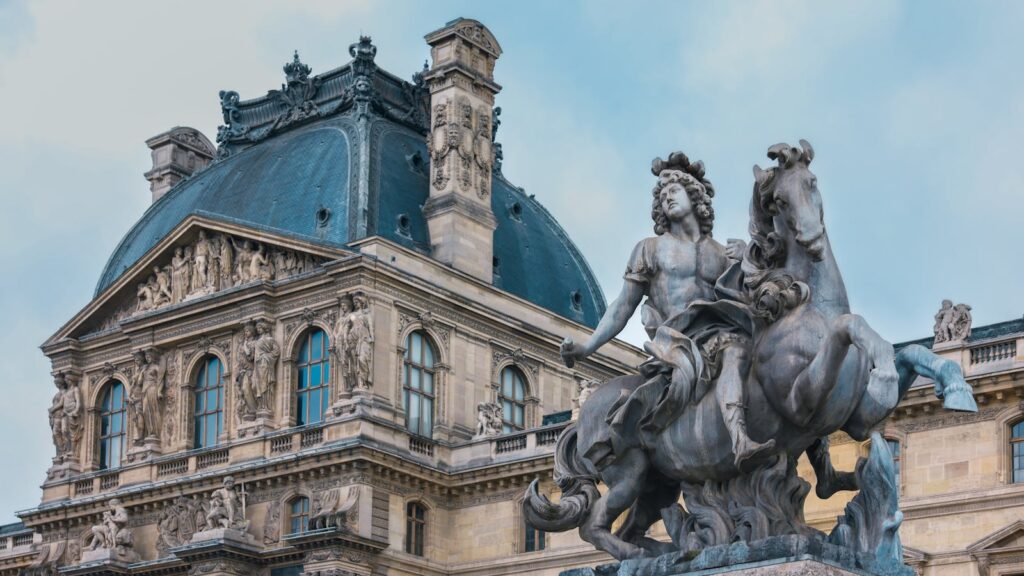
For a truly unique equine museum experience, the Russian Troika Museum in the historic village of Vyatskoye showcases the distinctively Russian art of driving three horses abreast. This specialized museum celebrates the troika, a carriage pulled by three horses harnessed side-by-side, which became a powerful symbol of Russian cultural identity in the 18th and 19th centuries. The museum’s collection features beautifully preserved troika sleighs and carriages, ornate harnesses adorned with traditional bells, and the distinctive duga (wooden arch) that rises over the center horse in the traditional harnessing arrangement. Visitors can examine historical documents and paintings depicting how the troika served as both practical transportation across Russia’s vast landscapes and as a display of wealth and status among nobility. The museum occasionally offers seasonal demonstrations of troika driving during winter festivals, allowing visitors to witness the spectacular sight of three horses moving in different gaits – the center horse trotting while the outer horses gallop – creating the distinctive speed and sound that inspired composers like Tchaikovsky.
The Black Stallion Museum – Virginia, USA

Literature enthusiasts and horse lovers alike will appreciate the Black Stallion Museum in Middleburg, Virginia, dedicated to Walter Farley’s beloved series of novels and their cultural impact. This intimate museum houses original manuscripts, early edition books, film memorabilia from the 1979 movie adaptation, and personal items from Farley’s writing career that spanned five decades. Visitors can explore how Farley’s fictional Arabian stallion captured the imagination of generations of young readers and inspired many to pursue equestrian interests. The museum features interactive exhibits about Arabian horses and their characteristics, comparing the fictional Black with real-life examples of the breed. Of particular interest are the displays exploring how The Black Stallion and its sequels influenced American youth horse culture in the mid-20th century, with letters from readers and testimonials from equestrians who were inspired by the books. Located in the heart of Virginia’s horse country, the museum offers a literary perspective on horses that complements the region’s equestrian heritage.
The Museum of Horse Shoeing – Calgary, Canada
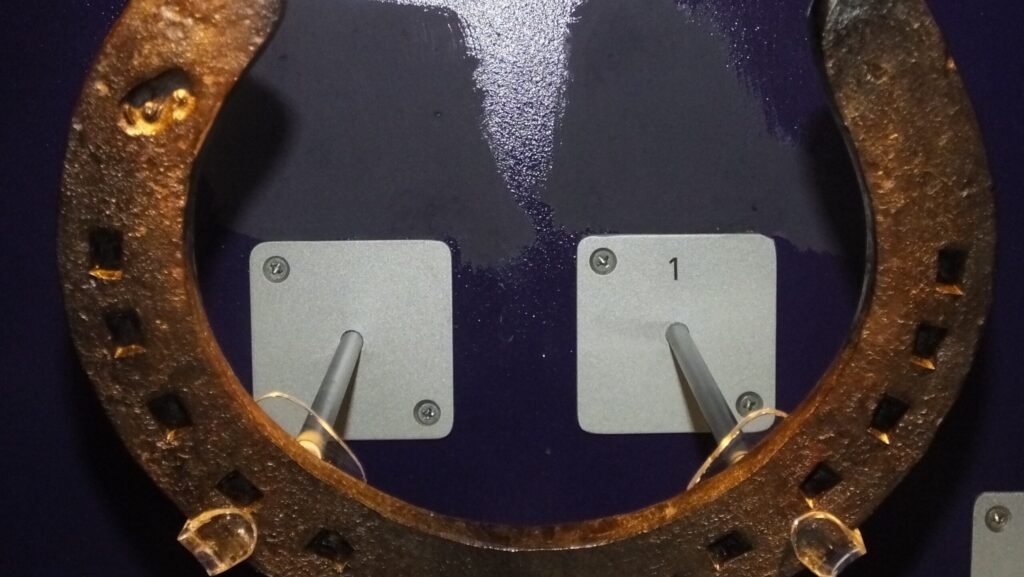
For those interested in the specialized craft that keeps working horses sound, the Museum of Horse Shoeing in Calgary offers a fascinating look at the ancient art of farriery. This unique institution houses what may be the world’s largest collection of horseshoes, ranging from ancient Roman designs to specialized therapeutic shoes used in modern veterinary practice. Visitors can follow the evolution of blacksmithing tools over centuries, from primitive forges to modern gas furnaces, and learn how metallurgical advances improved both the durability of shoes and the welfare of horses. The museum features detailed dioramas of historic farrier workshops from different eras and regions, showing how the essential practice of shoeing adapted to various horse uses, from medieval warhorses to Clydesdale draft horses. What makes this museum particularly engaging is its regular demonstrations of traditional hot-shoeing techniques by master farriers, who explain the science behind proper hoof care while forging custom shoes using methods that have changed surprisingly little over centuries.
conclusions
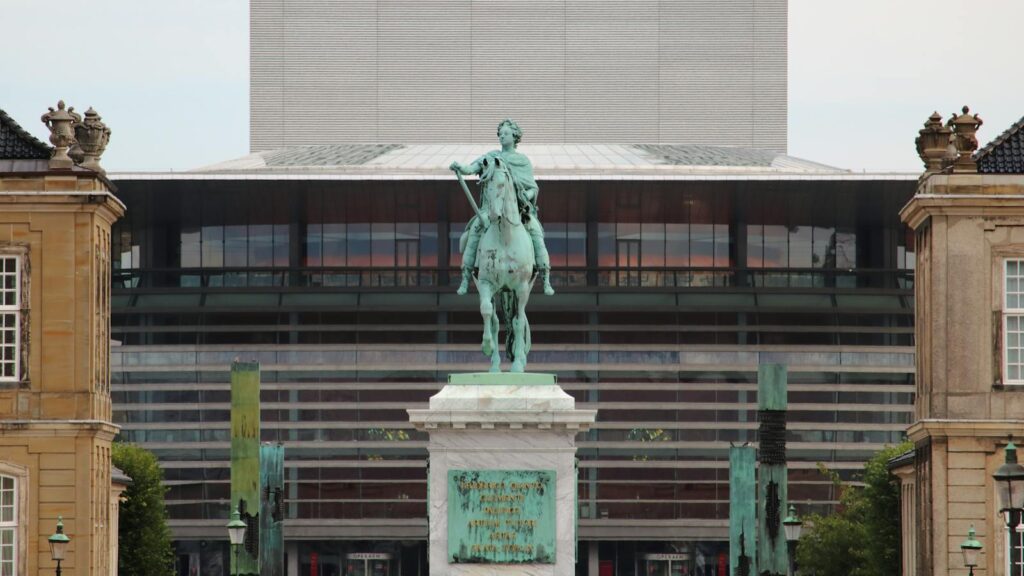
Horse museums offer more than just collections of equine artifacts – they provide windows into the profound relationship between humans and horses throughout history. Whether focused on specific breeds, sporting traditions, or cultural practices, each museum highlighted here presents a unique perspective on these magnificent animals and their enduring impact on human society. From the comprehensive collections of international institutions to specialized exhibits celebrating regional traditions, these museums preserve crucial aspects of our shared heritage with horses. For travelers seeking educational experiences beyond typical tourist destinations, these equine museums offer enriching encounters with history, art, and living traditions. Whether you’re a dedicated equestrian or simply curious about these magnificent animals, these museums invite you to deepen your appreciation for horses and the countless ways they’ve shaped our world – one hoof print at a time.

